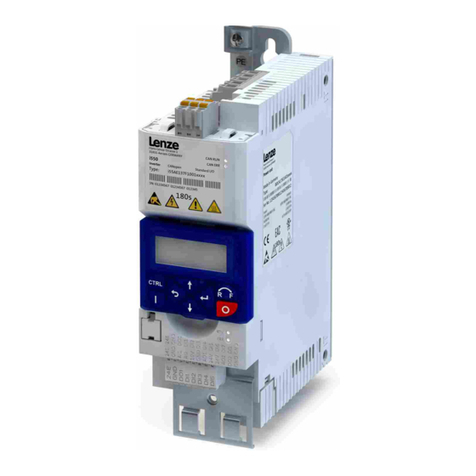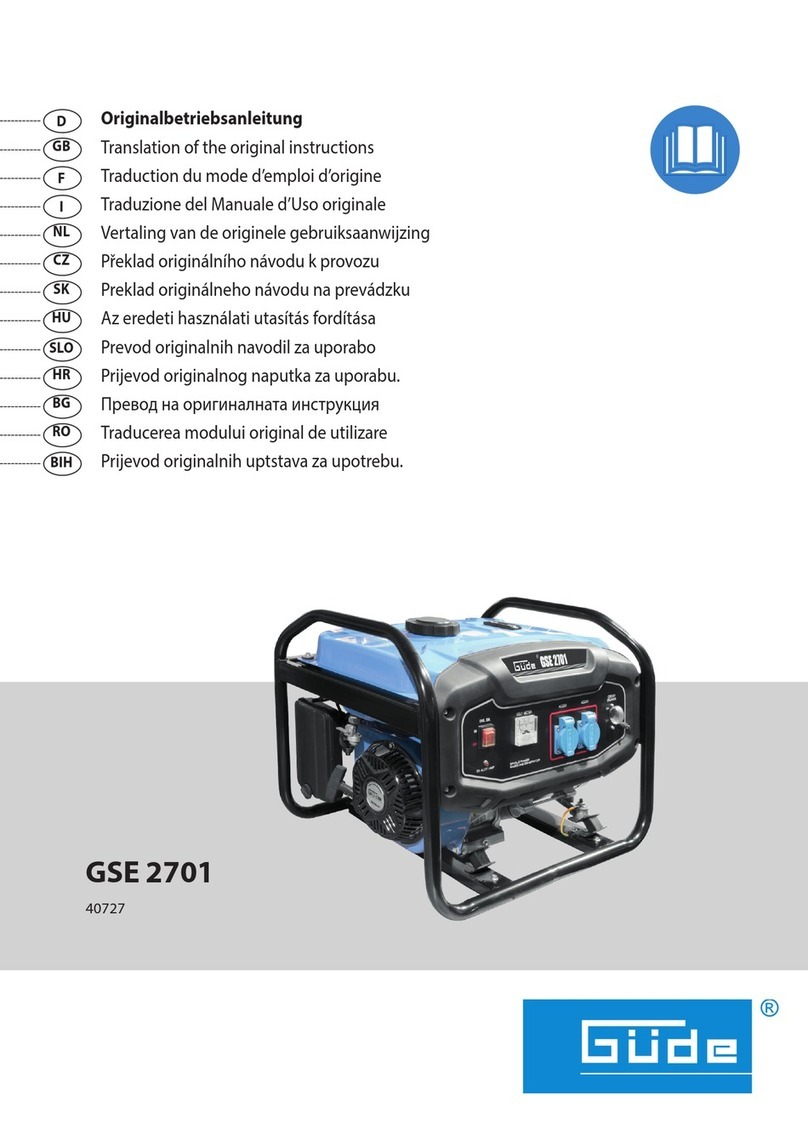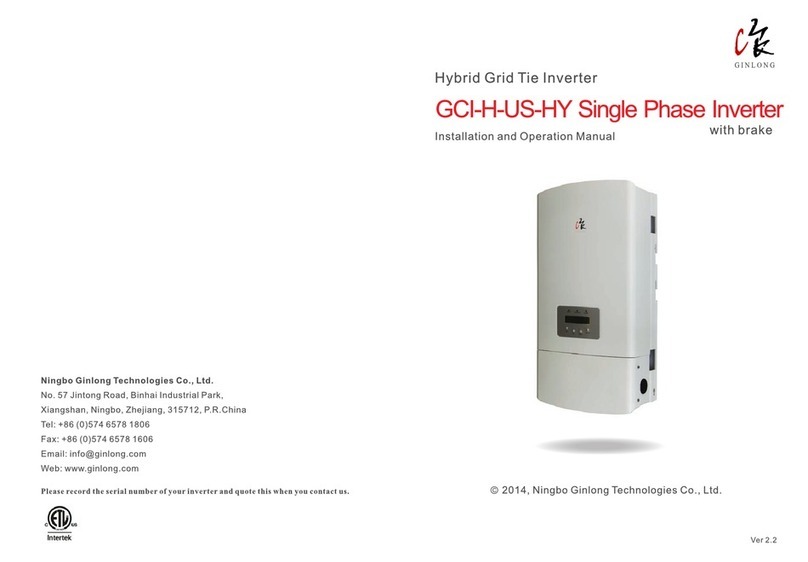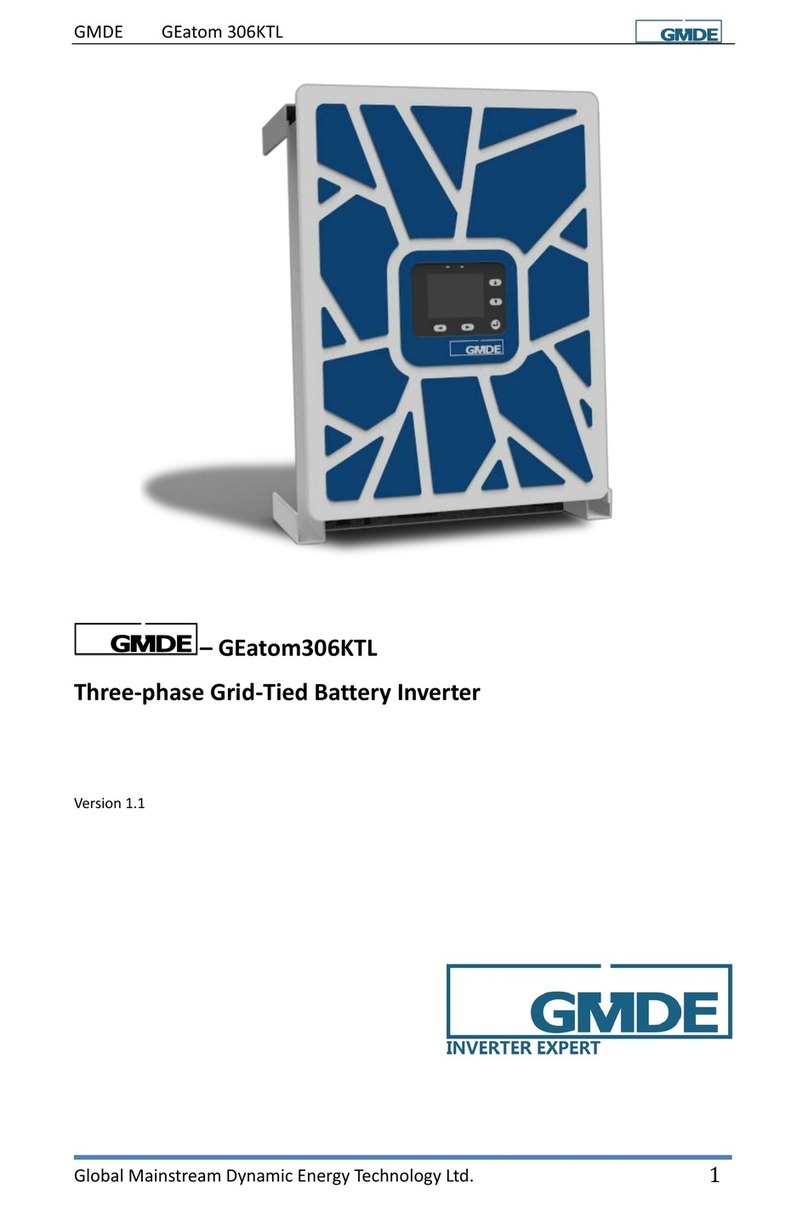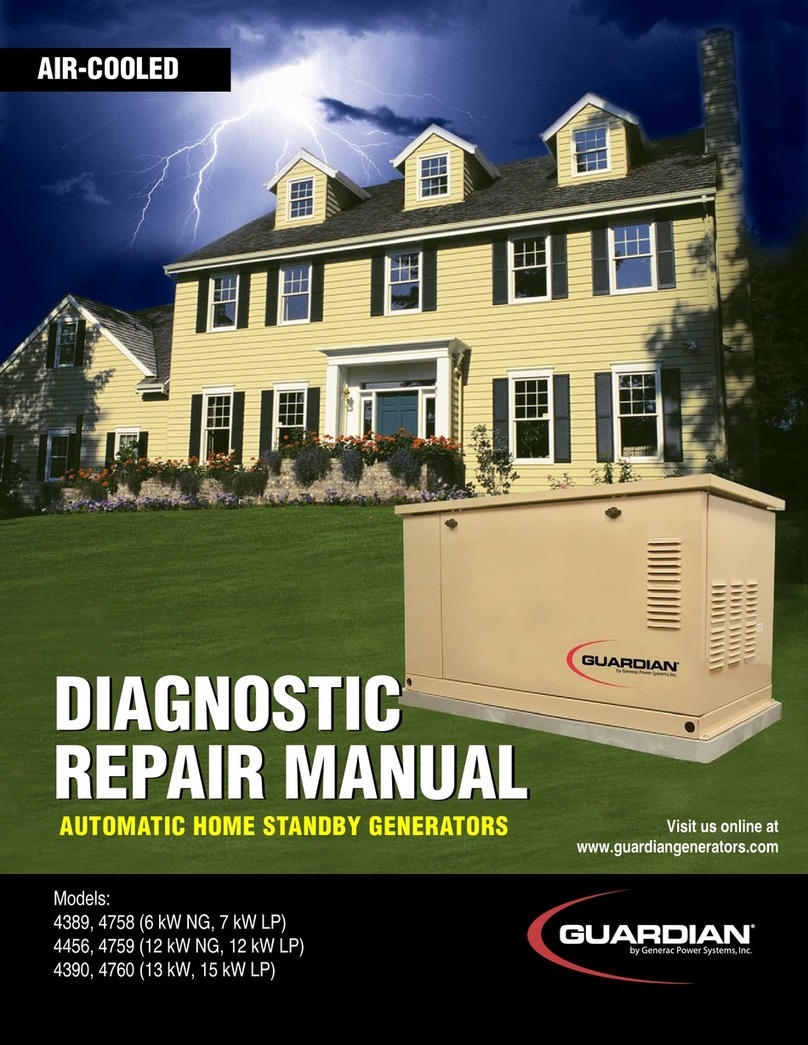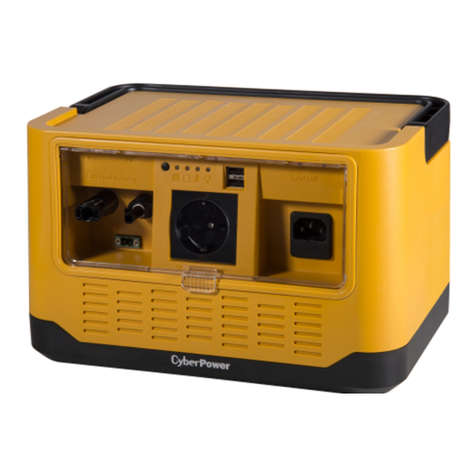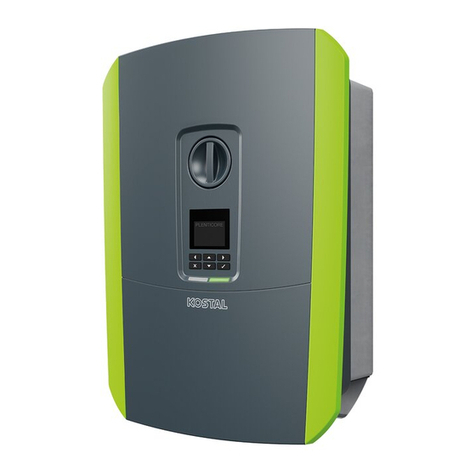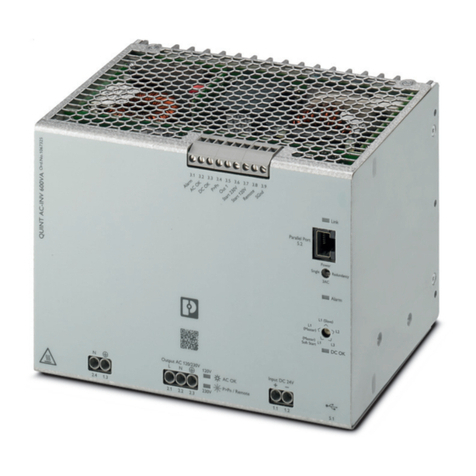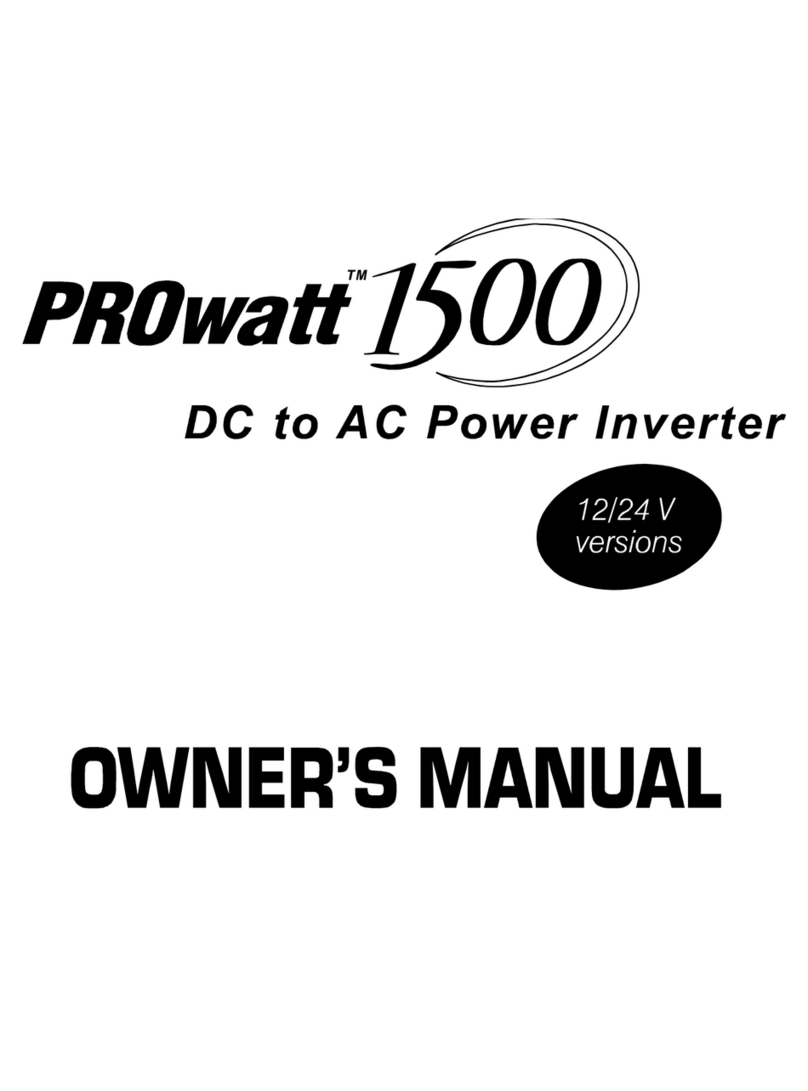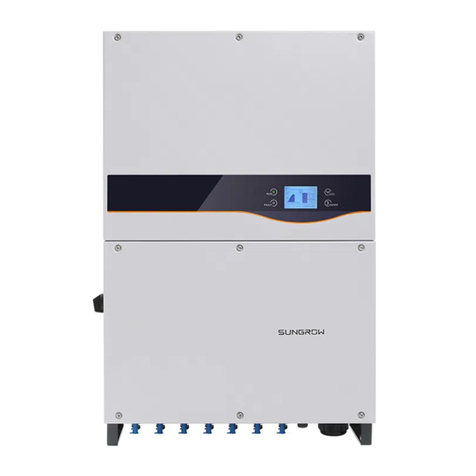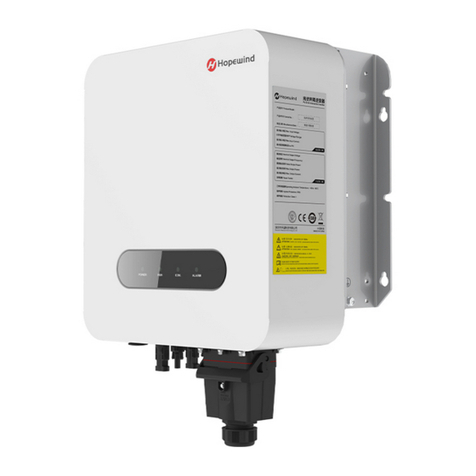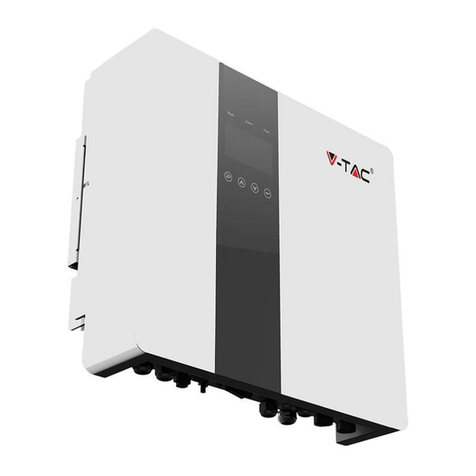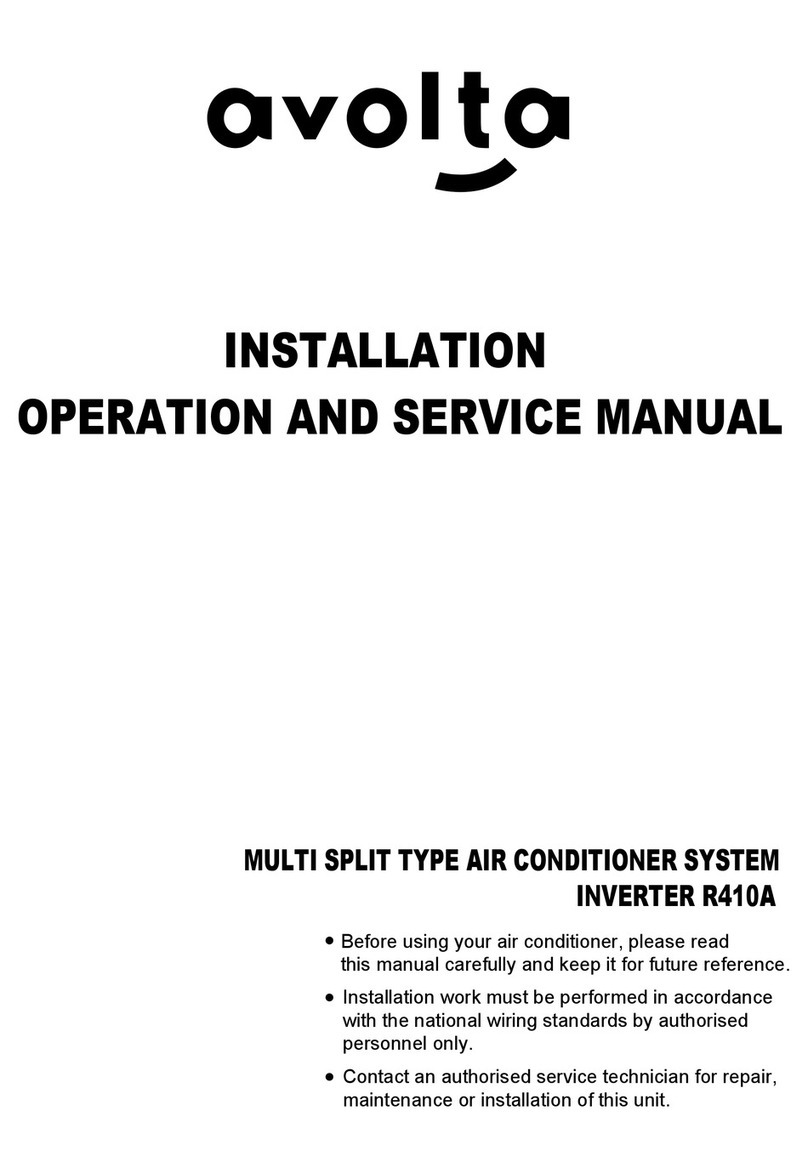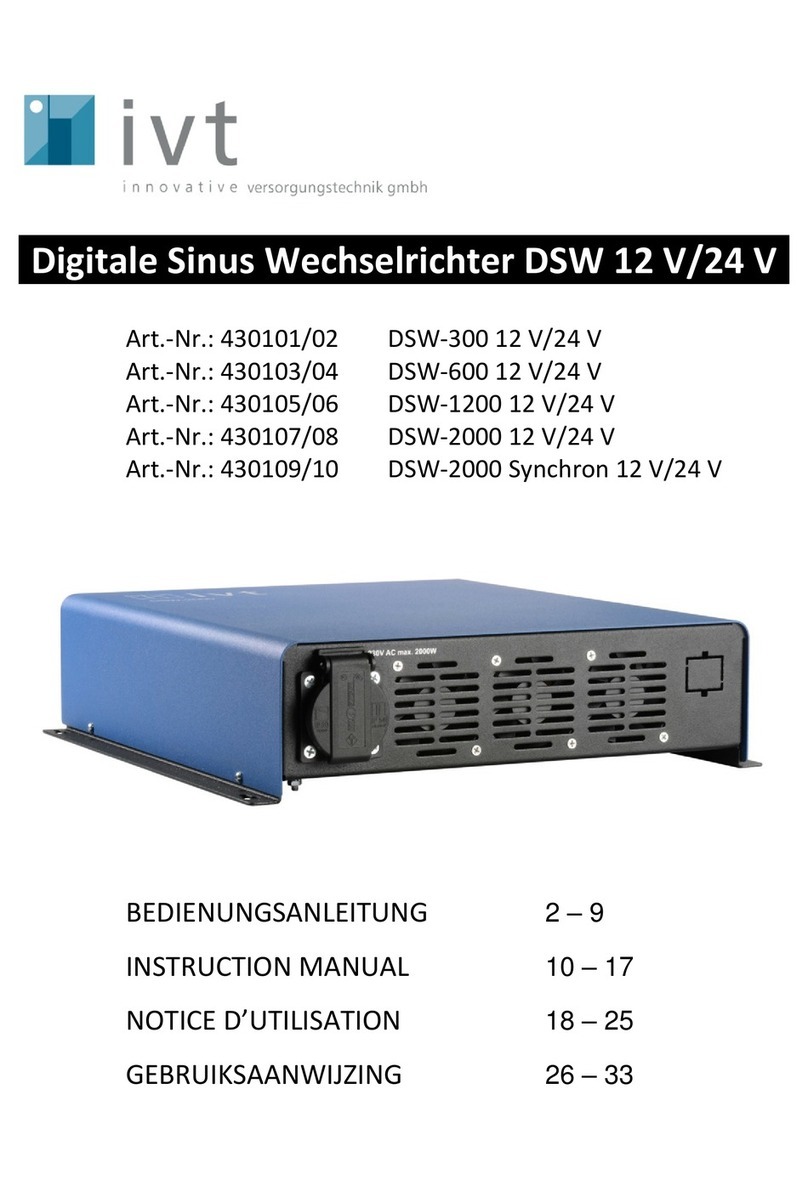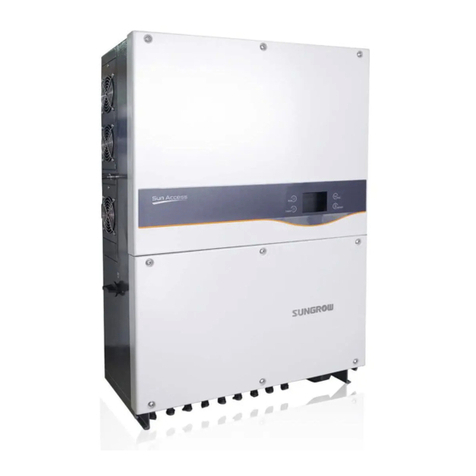Endress ESE Series Installation instructions

ESE Power Generator
ORIGINAL OPERATING MANUAL
ESE 1006 HG-GT ES Duplex Art-No. 113260
ESE 1006 DHG-GT ES Duplex Art-No. 113261
ESE 1306 DHG-GT ES Duplex Art-No. 113258
ESE 1506 DHG-GT ES Duplex Art-No. 113259
SEA 13 Art-No. 151747

2
Manufacturer ENDRESS Elektrogerätebau GmbH
Neckartenzlinger Str. 39
D-72658 Bempflingen, Germany
Tel: + 49 (0) 71 23 / 9737 - 0
Fax: + 49 (0) 71 23 / 9737 – 50
Email: info@endress-stromerzeuger.de
www: http://www.endress-stromerzeuger.de
Document number /
version
E136146 / i04
Publication date October 2018
Copyright 2018 ENDRESS Elektrogerätebau GmbH
This documentation and parts thereof are subject to copyright. Any use or modi-
fication beyond the restrictions of the Copyright Act is forbidden and subject to
penalty without the consent of ENDRESS Elektrogerätebau GmbH.
This applies in particular to copies, translations, microfilming, as well as storage
and processing in electronic systems.
Notes on printing All descriptions, technical details and illustrations refer to the version of the gen-
erator for printing.
We reserve the right to make modifications in terms of ongoing technical devel-
opment. This operating manual does not include technical modifications that oc-
curred after printing.
The colours in this operating manual do not always comply completely with the
actual designs due to technical printing reasons.

3
Table of Contents
1Directories . . . . . . . . . . . . . . . . . . . . . . . . . . . . . . . . . . . . . . . . . . . . . . . . . . . . . . . . . . . . . . . . . . .5
2 About this manual . . . . . . . . . . . . . . . . . . . . . . . . . . . . . . . . . . . . . . . . . . . . . . . . . . . . . . . . . . . . .6
2.1 Constituent parts of the documentation. . . . . . . . . . . . . . . . . . . . . . . . . . . . . . . . . . . . . . . . .6
2.2 Using this operating manual . . . . . . . . . . . . . . . . . . . . . . . . . . . . . . . . . . . . . . . . . . . . . . . . .6
3 Product identification . . . . . . . . . . . . . . . . . . . . . . . . . . . . . . . . . . . . . . . . . . . . . . . . . . . . . . . . . .9
3.1 Welcome to ENDRESS! . . . . . . . . . . . . . . . . . . . . . . . . . . . . . . . . . . . . . . . . . . . . . . . . . . . .9
3.2 Your product . . . . . . . . . . . . . . . . . . . . . . . . . . . . . . . . . . . . . . . . . . . . . . . . . . . . . . . . . . . . .9
3.2.1 A device description and intended use . . . . . . . . . . . . . . . . . . . . . . . . . . . . . . . . . . .9
3.2.2 Foreseeable misuse . . . . . . . . . . . . . . . . . . . . . . . . . . . . . . . . . . . . . . . . . . . . . . . .10
3.3 Labels on the generator. . . . . . . . . . . . . . . . . . . . . . . . . . . . . . . . . . . . . . . . . . . . . . . . . . . .12
4 For your safety. . . . . . . . . . . . . . . . . . . . . . . . . . . . . . . . . . . . . . . . . . . . . . . . . . . . . . . . . . . . . . .14
4.1 Safety symbols . . . . . . . . . . . . . . . . . . . . . . . . . . . . . . . . . . . . . . . . . . . . . . . . . . . . . . . . . .14
4.2 General safety instructions . . . . . . . . . . . . . . . . . . . . . . . . . . . . . . . . . . . . . . . . . . . . . . . . .16
4.3 Residual risks . . . . . . . . . . . . . . . . . . . . . . . . . . . . . . . . . . . . . . . . . . . . . . . . . . . . . . . . . . .16
4.4 Authorised operating personnel – qualifications and obligations. . . . . . . . . . . . . . . . . . . . .21
4.5 Danger zones and work areas. . . . . . . . . . . . . . . . . . . . . . . . . . . . . . . . . . . . . . . . . . . . . . .22
5 Checking the electrical safety . . . . . . . . . . . . . . . . . . . . . . . . . . . . . . . . . . . . . . . . . . . . . . . . . .23
6 Description of the device . . . . . . . . . . . . . . . . . . . . . . . . . . . . . . . . . . . . . . . . . . . . . . . . . . . . . .25
6.1 Views . . . . . . . . . . . . . . . . . . . . . . . . . . . . . . . . . . . . . . . . . . . . . . . . . . . . . . . . . . . . . . . . . .25
6.2 Operating and exhaust-side components . . . . . . . . . . . . . . . . . . . . . . . . . . . . . . . . . . . . . .26
6.3 Components on the engine and tank side . . . . . . . . . . . . . . . . . . . . . . . . . . . . . . . . . . . . . .27
6.4 Control panel components full option . . . . . . . . . . . . . . . . . . . . . . . . . . . . . . . . . . . . . . . . .28
6.5 SEA control panel components . . . . . . . . . . . . . . . . . . . . . . . . . . . . . . . . . . . . . . . . . . . . . .29
7 Commissioning . . . . . . . . . . . . . . . . . . . . . . . . . . . . . . . . . . . . . . . . . . . . . . . . . . . . . . . . . . . . . .30
7.1 Transport and setup of your generator . . . . . . . . . . . . . . . . . . . . . . . . . . . . . . . . . . . . . . . .31
7.2 Refuelling your generator . . . . . . . . . . . . . . . . . . . . . . . . . . . . . . . . . . . . . . . . . . . . . . . . . .33
7.3 Starting the generator . . . . . . . . . . . . . . . . . . . . . . . . . . . . . . . . . . . . . . . . . . . . . . . . . . . ..34
7.4 Turning off your power generator . . . . . . . . . . . . . . . . . . . . . . . . . . . . . . . . . . . . . . . . . . . .36
7.5 Turn off your generator in the event of an EMERGENCY . . . . . . . . . . . . . . . . . . . . . . . . . .37
7.6 Connection of power consuming equipment . . . . . . . . . . . . . . . . . . . . . . . . . . . . . . . . . . . .38
8 The device in-use. . . . . . . . . . . . . . . . . . . . . . . . . . . . . . . . . . . . . . . . . . . . . . . . . . . . . . . . . . . . .41
8.1 Using the ECD 02 control display . . . . . . . . . . . . . . . . . . . . . . . . . . . . . . . . . . . . . . . . . . . .41
8.2 Optional fittings . . . . . . . . . . . . . . . . . . . . . . . . . . . . . . . . . . . . . . . . . . . . . . . . . . . . . . . . . .42
8.2.1 ECOtronic (idle down) . . . . . . . . . . . . . . . . . . . . . . . . . . . . . . . . . . . . . . . . . . . . . . .42
8.2.2 Residual current circuit breaker (RCD) . . . . . . . . . . . . . . . . . . . . . . . . . . . . . . . . . .42
8.2.3 Insulation monitoring, with switching off . . . . . . . . . . . . . . . . . . . . . . . . . . . . . . . . .44
8.2.4 Remote start device . . . . . . . . . . . . . . . . . . . . . . . . . . . . . . . . . . . . . . . . . . . . . . . .46
8.2.5 Using an exhaust hose . . . . . . . . . . . . . . . . . . . . . . . . . . . . . . . . . . . . . . . . . . . . . .48
9 Maintenance . . . . . . . . . . . . . . . . . . . . . . . . . . . . . . . . . . . . . . . . . . . . . . . . . . . . . . . . . . . . . . . . .50
9.1 Maintenance plan . . . . . . . . . . . . . . . . . . . . . . . . . . . . . . . . . . . . . . . . . . . . . . . . . . . . . . ..50
9.2 Maintenance work . . . . . . . . . . . . . . . . . . . . . . . . . . . . . . . . . . . . . . . . . . . . . . . . . . . . . . . .51

4
9.3 Starter battery . . . . . . . . . . . . . . . . . . . . . . . . . . . . . . . . . . . . . . . . . . . . . . . . . . . . . . . . . . .52
9.3.1 Charging the battery . . . . . . . . . . . . . . . . . . . . . . . . . . . . . . . . . . . . . . . . . . . . . . . .52
9.3.2 Replacing the battery . . . . . . . . . . . . . . . . . . . . . . . . . . . . . . . . . . . . . . . . . . . . . . .53
9.4 Engine oil. . . . . . . . . . . . . . . . . . . . . . . . . . . . . . . . . . . . . . . . . . . . . . . . . . . . . . . . . . . . . . .54
9.4.1 Checking the oil level . . . . . . . . . . . . . . . . . . . . . . . . . . . . . . . . . . . . . . . . . . . . . . .55
9.4.2 Changing the engine oil. . . . . . . . . . . . . . . . . . . . . . . . . . . . . . . . . . . . . . . . . . . . . .56
10 Storage . . . . . . . . . . . . . . . . . . . . . . . . . . . . . . . . . . . . . . . . . . . . . . . . . . . . . . . . . . . . . . . . . . . . .57
11 Disposal . . . . . . . . . . . . . . . . . . . . . . . . . . . . . . . . . . . . . . . . . . . . . . . . . . . . . . . . . . . . . . . . . . . .58
12 Troubleshooting. . . . . . . . . . . . . . . . . . . . . . . . . . . . . . . . . . . . . . . . . . . . . . . . . . . . . . . . . . . . . .59
13 Technical data . . . . . . . . . . . . . . . . . . . . . . . . . . . . . . . . . . . . . . . . . . . . . . . . . . . . . . . . . . . . . . .62
14 Replacement parts. . . . . . . . . . . . . . . . . . . . . . . . . . . . . . . . . . . . . . . . . . . . . . . . . . . . . . . . . . . .64
Keyword index . . . . . . . . . . . . . . . . . . . . . . . . . . . . . . . . . . . . . . . . . . . . . . . . . . . . . . . . . . . . . . .66

5
Directories
1 Directories
1.1 List of illustrations
1.2 List of tables
Fig. 3-1 Example of a type plate .9
Fig. 3-2 Labels on the device .12
Fig. 6-1 Views of the generator .25
Fig. 6-2 Operating and exhaust-side components .26
Fig. 6-3 Components on the engine and tank side .27
Fig. 6-4 Control panel components full option .28
Fig. 6-5 SEA control panel components .29
Fig. 7-1 Loading by crane .32
Fig. 7-2 Engine start on control panel .35
Fig. 7-3 EMERGENCY-STOP smash button .37
Fig. 7-4 Connect up to consumers .38
Fig. 8-1 Control Display ECD 02 .41
Fig. 8-2 FI circuit breaker (RCD) .43
Fig. 8-3 Insulation monitoring .44
Fig. 8-4 Cable remote control .46
Fig. 8-5 Connecting up the exhaust hose .48
Fig. 9-1 Replacing the starter battery .54
Fig. 9-2 Viscosity grade of engine oil (source: HONDA) .55
Fig. 9-3 Oil dipstick and oil drainage plug .56
Fig. 14-1 Spare parts over endressparts.com .64
Tab. 3-1 Meaning of the signs .13
Tab. 4-1 Danger zone on generators .22
Tab. 5-1 Recommended test intervals .24
Tab. 9-1 Generator maintenance plan .51
Tab. 12-1 Troubleshooting .61
Tab. 13-1 Generator technical data .62

6
About this manual
2 About this manual
We would like to explain to you the safe and correct use of your generator in the
best possible way through this operating manual. To do this we have oriented
ourselves to the new European standard DIN EN 82079-1 for preparing the user
manuals.
It is absolutely essential for safe and appropriate use that you read through this
manual very carefully and understand it before using the device for the first time.
Your observance of it creates the foundation for,
• avoiding dangers for yourself and others,
• reducing repair costs and downtimes as well as
• increasing the reliability and service life of the generator.
Not only this manual but also the laws, regulations, guidelines, and standards ap-
plicable in the country of use must be observed.
This document only describes the safe operation of the generator when used as
a complete unit. The following also includes detailed technical operating instruc-
tions that are binding with regard to using the device's specific components.
This documentation and also the product described in it are subject to a contin-
uous improvement process. In doing this we ensure that the full product is com-
pliant with the current safety requirements and the current state-of-the-art. The
respective most up to date version of the operating manual can be found on our
website
www.endressparts.com
2.1 Constituent parts of the documentation
Apart from these operating instructions, the following documents are needed to
ensure that you have the all of the documentation for your generators:
• Operating and maintenance instructions for the engine
• Electric generator's documentation
• Starter battery handling instructions (electric start)
• CE Declaration of Conformity
• Generator's test report
NOTICE!
The complete documentation is an integral part of the generators and you
must adhere to it.
► All of the integral parts of the documentation must always be accessible to
the operating personnel and be kept with the generators.
2.2 Using this operating manual
In order to increase the legibility, comprehensibility and transparency of
the document, certain information is highlighted or identified according a
uniform system. The following particularly belong in this category:
signs warning about dangers to life and limb
Safety and warning notices are necessary at all locations where there is potential
danger from the device which cannot be eliminated by design or operational
measures. We restricted ourselves to the permitted minimum in order to place

7
About this manual
the required distinctive warning notices at the correct point in time without impair-
ing the legibility and comprehensibility of the operating manual. This is according
to the regulations contained in the international standard DIN ISO 3864 de-
scribes a fixed rule for all safety and warning notices, as shown in the following
example.
Examples:
DANGER!
Electrical voltage
Risk of suffering potentially deadly electrocution by touching live parts
► Only use undamaged connecting lines
► Avoid all damp / wetness when connecting consumers
► Never operate the power generator with an opened control panel
The standard mentioned classifies the safety risks according to different risk po-
tentials. To understand and avoid dangers to one’s health and even life, please
be sure to read the explanations given in Chapter 4.1 .
Safety symbols
These warning notices are usually used in a safety symbol which also emphasis-
es the type of danger; see next example. A list of the safety symbols used in this
operating manual can be found in Chapter Fig. 3-1 . The safety symbols never
stand alone.
Notices on avoidance of damage to the device
According to DIN ISO 3864, notices which warn against false operation and pos-
sible damage to the device or to the equipment used should be clearly distin-
guishable from previously named warning notices in as far there is no danger to
health. An example of such a notice can be seen here:
NOTICE!
Use of wrong or outdated fuel damages or destroys the engine.
► Only use released diesel fuel.
► Observe the shelf life of the fuel according to the supplier.
► Observe the Operating manual from the engine manufacturer
Symbols and formattings in the text
In order to increase the legibility, comprehensibility and transparency of the doc-
ument, various information and activities are awarded uniformly repeating bullets
or formattings. The following example shows presentation of a sequence of ac-
tions with established work steps:
Example: Prerequisites which must be fulfilled before starting any sequence of actions
1. Action steps according to a fixed sequence.
2. The action steps must be fully completed.
3. The sequence must be observed.
Results of the action which should be achieved after performing the sequence of
action.

8
About this manual
Additional notices for operation or for function of a unit are marked with the
adjacent symbol.
NOTICE!
The adjacent symbol is situated anywhere where the supplier documenta-
tion must be read and observed and refers to,
► appropriate information,
►tasks or
► action steps.
References to details and components in figures are made with blue bordered
position numbers in the text such as the example of CE signs on the type plate
demonstrates, see Fig. 3-1 .

9
Product identification
3 Product identification
3.1 Welcome to ENDRESS!
We are pleased that you have made the decision to purchase a ENDRESS
power generator. You have purchased a high-performance product into
which we have embodied decades of our experience and have integrated
many functions oriented on daily use. Through careful selection of high
quality components and materials in combination with the proverbial Swa-
bian engineering performance you have in your possession a device which
will operate reliably for many years, also under the hardest of operating
conditions.
3.2 Your product
Customer service In order to precisely identify your device there is a type plate attached to the gen-
erators (see Fig. 3-2 ), which includes details about the device designation and
"S/N" serial number. If you have any questions about device details, functions or
notices concerning operation, please contact our
Customer service: Tel. +49 (0)7123 9737-44
Email: service@endress-stromerzeuger.de
You will find competent contact persons there, also concerning original spare
parts and wear parts. (see also Chapter 14 )
Type plate The type plate shown below is a representation of the adhesive label placed on
the device. Please be prepared, when contacting our service team, to assist us
in exactly identifying your device.
Fig. 3-1 Example of a type plate
3.2.1 A device description and intended use
Your generators generates electrical energy for the "On-site operation" mode as
part of a network backup operation, through which you can supply a mobile dis-
tribution system with electricity. This enables mobile use of commercially avail-
able electrical devices with single-phase 230V AC / 50 Hz or three-phase 400V
AC / 50 Hz (depending on the equipment being used).
This operating mode means that your generators, which has been designed for
manual or automatic (remote start) operation, can be used with one or more elec-
trical consumables. To protect against electric shock (current flow through your
body), the protective separation measure with equipotential bonding according
to DIN VDE 0100-551: 2017-02 is used. The protective conductor system of the
attached consumer equipment takes over the function of the potential equalisa-

10
Product identification
tion device. The power in the “On-site operation“ mode is taken through a spray
water protected Schuko socket with a nominal voltage of 230V / 50 Hz 1~ or
through a CEE 400V / 50 Hz 3~ socket, see Fig. 6-4
The generators must not be connected up directly to another energy distribution
network (e.g. public electricity supply) or to a power generation production sys-
tem (e.g. other power generators).
Your generators of a DUPLEX generator driven by a combustion engine attached
to it. This unit is mounted in a stable tubular steel frame with vibration dampers
to provide elastic and low-vibration support.
An integrated voltage regulator ensures that the stability of the generated voltage
is within the nominal rotational speed range.
The generators is only to be used outdoors and within the indicated voltage, pow-
er and nominal rpm limits (see type plate).
The generators is not to be used in potentially explosive areas.
The generators is not to be used in areas where there is a risk of fire.
The generators must always be operated according to the instructions given in
the technical documentation.
Any improper use or any generators activities that are not described in these in-
structions is forbidden misuse that lies outside the manufacturer's legal liability
limits.
3.2.2 Foreseeable misuse
Apart from the description of appropriate use, the lawmaker also requires
concrete references to the results of “reasonably foreseeable misuse“. In
a case of incorrect use or inappropriate handling of the generator the man-
ufacturer's EC Declaration of Conformity, and automatically thereby also
the operating licence, are nullified. For products with a manufacturer’s war-
ranty the manufacturer will reject any claims made under warranty for dam-
ages which were caused by misuse and its direct as well as indirect
consequences.
As not authorised Misuse is particularly the case when:
• operation of the generator takes place without valid checks for
– electrical safety
– checking that the prescribed servicing and maintenance work has been
done
• operation of the generator takes place without the protective equipment in-
stalled by the manufacturer
• constructional or electrical modifications of the generator were undertaken
• use of the generator by inadequately instructed operating personnel
Furthermore at all costs avoid the following Misuses:
• Never refuel the generator’s own tank when the engine is running. The vibra-
tions and strong exhaust streams during operation can lead to fuel spillage.
This leads to an increased risk of explosion and fire and therefore danger to
operating personnel, the environment and the device.
• Never refuel the generator’s own tank when it is hot. Overflowing fuel and
outflowing fuel vapours can ignite on hot parts of the device.

11
Product identification
• The generator is never to be connected up to other energy distribution sys-
tems (e.g. public power supply) or to other energy generation systems (e.g.
other generators, solar plant, etc.). To start with this is usually not permitted
by the energy supply company. In both cases this will inevitably lead to se-
vere damage and possibly also severe injury.
• Never place the generator in explosion-prone environments. The individual
components of the generator are not designed EX-protected.
• Never operate the generator in rooms, narrow pits or vehicles. The combus-
tion exhaust gases contain poisonous substances including the odourless
but deadly gas carbon monoxide (CO) which, when breathed in, can accu-
mulate in cases of poor air circulation to reach deadly concentrations. Also a
lack of fresh air circulation leads to overheating and possible damage to the
generator right through to destruction.
• For the same reasons of risk, never divert exhaust gases for the purposes of
heating rooms or vehicles.
• Never clean the generator with the aid of a high pressure cleaner or a strong
jet of water.
• Never allow water to find its way inside the generator. Never pour water over
the generator and never clean it using a water hose or a high pressure clean-
er.
• Never operate the generator in any area where it could be flooded by high
water or any other events. The Protection Class of the device (see Chapter
13 ) allows operation for spray water, however not in the case of floods.

12
Product identification
3.3 Labels on the generator
An important part of the operating manual is in the form of labelling and notices
on your generators. This The label must not be removed and must always be
maintained in a legible condition. In a case of damage to the Labels can be or-
dered from our customer service team. The following figures and tables show the
prescribed attachment point and a short explanation about labels.
Fig. 3-2 Labels on the device
Pos. Label Significance
Mandatory signs
Read the operating manual
Prohibition signs
No naked flames

13
Product identification
Tab. 3-1 Meaning of the signs
Pos. Label Significance
Note
Tank capacity and fuel qual-
ity
Type plate
Note
Noise emissions
Warning
Dangers incurred during en-
gine operation
Potential equalisation
(earthing for RCD)
Warning signs
Hot surfaces
Risk of burns
Note
DGUV information

14
For your safety
4 For your safety
The following chapter describes basic Safety instructions for safe operation of
your generator. Your device is a very high-performance electrical machine which
is potentially dangerous when operated if it has not been installed, commis-
sioned, used, serviced and repaired according to the operating manual. If neces-
sary, the operating manual will also include different supplements that depend on
the country of use, in addition to the present one.
Operation, use, servicing as well as any work with or on the generator is therefore
only permitted by such persons who have read this chapter and have put its pro-
visions into practice!
Concrete warning notices can also be found regarding basic safety instructions
further on in this operating manual. These are always placed in an explanatory
text immediately before the description of work steps which can be dangerous if
the warning notice is not observed. Read the following sections for correct and
rapid understanding of these safety and warning notices. They describe their
systematic structure as well as the meaning of markings and symbols.
4.1 Safety symbols
The safety symbol indicates graphically that a source of danger exists. We
use the internationally valid safety symbols from ISO 7010 for rapid and
unique classification of the respective dangerous situation. In the follow-
ing there is a description of the warning symbols used in this operating
manual with an explanation about the respective dangerous situations.
Warning of a general hazard
This warning symbol indicates activities where several causes can lead to risks.
The concrete danger must be respectively more clearly specified by further no-
tices.
Warning of a dangerous electrical voltage
This warning symbol is indicates activities where the danger of electric shock ex-
ists, possibly with lethal consequences.
Warning of potentially explosive materials
This warning symbol indicates activities where the danger of an explosion exists,
possibly with lethal consequences.
Warning of toxic substances
This warning symbol indicates activities where a risk of poisoning exists, possibly
with lethal consequences.

15
For your safety
Warning of corrosive substances
This warning symbol indicates activities where a risk of chemical burns to the en-
vironment as well as people exists, possibly with lethal consequences.
Warning of environmentally damaging substances
This warning symbol indicates activities where a risk of contaminating the envi-
ronment exists, possibly with catastrophic consequences.
Warning of hot surfaces
This warning symbol indicates activities during which there is the danger of
burns, possibly with lasting consequences.
Warning of a suspended load
This warning symbol indicates activities where the danger of falling loads exists,
possibly with lethal consequences.
Warning of automatically starting machines
This warning symbol indicates activities where a danger of being injured by self-
starting machines exists, possibly with lethal consequences.

16
For your safety
4.2 General safety instructions
ENDRESS generators are designed to operate electrical equipment with
appropriate power output requirements. Other uses can lead to severe in-
juries to operating personnel as well as persons nearby. There is also in-
creased risk of damaging the generator as well as further damage to
equipment.
DANGER!
Mortal danger due to an electric shock if live parts are touched.
► Never operate generators if it is in a damaged condition.
► Never operate the electrical consumers and connecting cable (power con-
suming equipment) in a damaged condition.
► Never feed directly into existing networks that are already connected to a
power source (e.g. power supplier, solar plant, etc.).
► Never operate the generators with wet hands.
The majority of injuries and damage to equipment can be avoided if all instruc-
tions given in this manual and all instructions attached to the device are followed.
The generator must not be modified in any way, also not temporarily. This can
lead to a mortal risk to operating and deployed personnel and damage to the gen-
erator as well as the consumers being used.
Operating company and Operating personnel may only use the generator ac-
cording to regulations contained in the whole technical documentation (hereinaf-
ter referred to as appropriate use).
Every instance of inappropriate use as well as all activities on the generator
which are not described in these instructions are forbidden misuse outside the
legally defined limits of liability of the manufacturer. In return all claims for dam-
ages and claims made under warranty to ENDRESS-Elektrogerätebau GmbH
which are associated with misuse are null and void.
4.3 Residual risks
As a manufacturer of EU-compliant machines, ENDRESS make great ef-
forts to create designs which already eliminate possible risk potentials at
the design stage. If this is not possible without significantly impairing the
functions of a device, we implement suitable protective measures protect
the user from injury.
If there are still some residual risks associated with working with the de-
vice, we clearly advise the user about these sources of danger, possible
consequences as well as measures to avoid such dangers.
The residual dangers were analyzed and Residual dangers identified during the
development and design of your generators by means of a danger analysis ac-
cording to DIN EN 60204, DIN EN ISO 12100 and DIN EN ISO 8528-13.
References to general sources of danger can be found in chapters 5 and 5 .
From Chapter 6 one can find concrete warning notices placed before every ac-
tion step which represents a residual risk.
The exact structure and contents of warning notices are defined in the
ISO 3864 series of standards and follow an established identification mark-
ing required to immediately be able to estimate the degree of the respective

17
For your safety
danger. Exactly impress upon yourself the identification marking of the
four different danger levels in order to be able to reliably assess the dan-
gers associated with the individual operating states and action steps when
reading the operating manual.
DANGER!
DANGER describes a danger which represents a high level of risk,which
can lead to death or severe injuries,when not avoided.
► The individual points provide instructions and
► notices as aids to avoid the danger
► or to reduce the risk to an acceptable level.
WARNING!
WARNING describes a danger which represents a medium level of
risk,which can lead to death or severe injuries,when not avoided.
► The individual points provide instructions and
► notices as aids to avoid the danger
► or to reduce the risk to an acceptable level.
CAUTION!
CAUTION describes a danger which represents a low level of risk,which
can lead to minor or medium level injurieswhen not avoided.
► The individual points provide instructions and
► notices as aids to avoid the danger
► or to reduce the risk to an acceptable level.
NOTICE!
ATTENTION! describes a situation or action that might result in damage to
equipment and/or malfunctions if it is not prevented.
► The individual points provide instructions and notices
► as an aid to avoid or prevent damage to equipment.
DANGER!
Mortal danger due to an electric shock if live parts are touched.
► Never operate generators if it is in a damaged condition.
► Never operate the electrical consumers and connecting cable (power con-
suming equipment) in a damaged condition.
► Never feed directly into existing networks that are already connected to a
power source (e.g. power supplier, solar plant, etc.).
► Never operate the generators with wet hands.

18
For your safety
DANGER!
Engine exhaust gases contain poisonous and partially invisible gases such
as carbon monoxide (CO) and carbon dioxide (CO2).
Risk of death due to poisoning or asphyxiation.
► Ensure that there is good ventilation during the whole period of operation.
► Only operate the generator in the open.
► Never direct the exhaust gases into rooms or pits.
DANGER!
Danger of severe or mortal injuries being incurred from falling loads.
► Never stand under or close to a suspended load, also not to provide assis-
tance.
► Ensure that there is no person in the area of swivel of the lifting device.
► Use all suitable measures to prevent the suspended load from swaying.
DANGER!
Leaking engine oil and fuel can burn or explode.
A risk of suffering severe even deadly burns.
► Prevent engine oil or fuel from leaking out.
► Remove leaked operating fluids immediately and appropriately.
► Never use an additional start aid.
► Smoking, naked flames and sparks are forbidden.
DANGER!
Hot parts can ignite flammable and explosive materials.
A risk of suffering severe even deadly burns.
► Never operate the generator in the vicinity of combustible or flammable ma-
terials.
► Never operate the generator in an environment prone to an explosion.
WARNING!
There is a risk of explosion and fire in the case of inappropriate handling
and spark development when working with the battery.
Danger from spraying sulphuric acid. Danger of suffering severe even deadly
burns and chemical burns. Danger of being blinded.
► Never lay electrically conductive parts on the starter battery.
► Flames, sparks, an open light and smoking are prohibited.
► Avoid sparks when handling cables and electrical devices, as well as electro-
static discharge.
► Avoid short-circuits.
► Wear acid-resistant protective clothing.

19
For your safety
WARNING!
Escaping corrosive acid fumes or sulphuric acid during and after the
charging process. A risk of suffering severe or even deadly burns.
► Only work with acid-resistant protective equipment.
► Clean surfaces covered in acid immediately using adequate amounts of wa-
ter.
► Only charge the starter battery in a well ventilated environment.
CAUTION!
Certain surfaces on the generators can get very hot whilst running.
Risk of burns
► Never touch any engine parts (in particular the exhaust system) for a few min-
utes after ceasing operation.
► Always leave hot engine parts to cool down before touching them.
CAUTION!
A high device weight. Risk of crushing from improper handling during op-
eration or transport.
► Only lift the generator with the aid of all handles provided or by using a suit-
able hoist.
► During transport on vehicles, ensure that there is the prescribed load secur-
ing in place.
► With it in a raised condition, never come close to or stand under the genera-
tor.

20
For your safety
NOTICE!
Leaking engine oil and operating fluids can contaminate the soil and
groundwater.
► Ensure that the generator is transported horizontally and mounted.
► Make all efforts, at all costs, to prevent escaping of operating fluids.
► Dispose of contaminated soil immediately and according to regulations.
NOTICE!
Use of wrong or outdated fuel damages or destroys the engine.
► Only use the fuel displayed on the sign (Fig. 3-2 ).
► Observe the possibly enclosed documentation for the fuel release of the en-
gine manufacturer
► Observe the shelf life of the fuel according to the supplier.
► Observe the engine operating manual.
NOTICE!
Excessive heat or moisture can destroy the device.
► Always ensure that there is a good supply of air and heat removal.
► Never operate the generator in rooms or narrow pits.
► Never clean the device with the aid of a strong jet of water or high pressure
cleaner.
► Never allow water to find its way inside the generator.
Other manuals for ESE Series
4
This manual suits for next models
5
Table of contents
Other Endress Inverter manuals
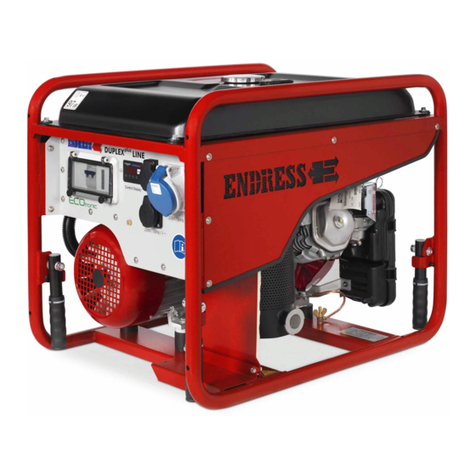
Endress
Endress ESE 406 HG-GT ES DUPLEX User manual
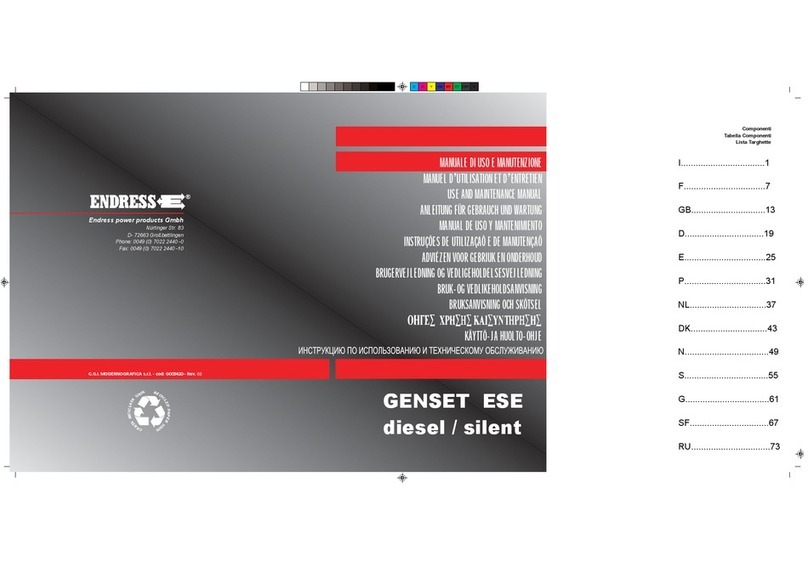
Endress
Endress ESE Series User manual

Endress
Endress ESE 604 DHG DIN Quick guide
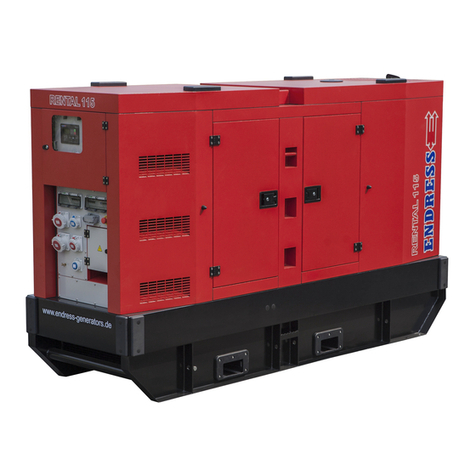
Endress
Endress ESE Series Operational manual
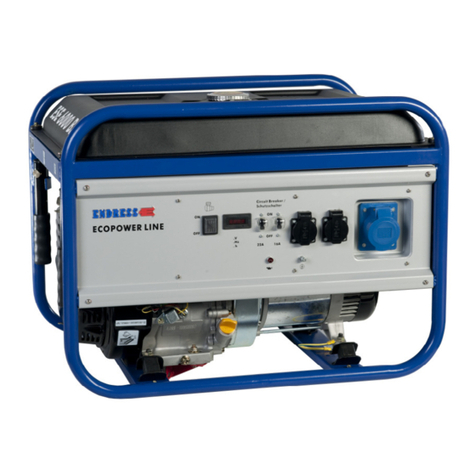
Endress
Endress Ecopower Series User manual
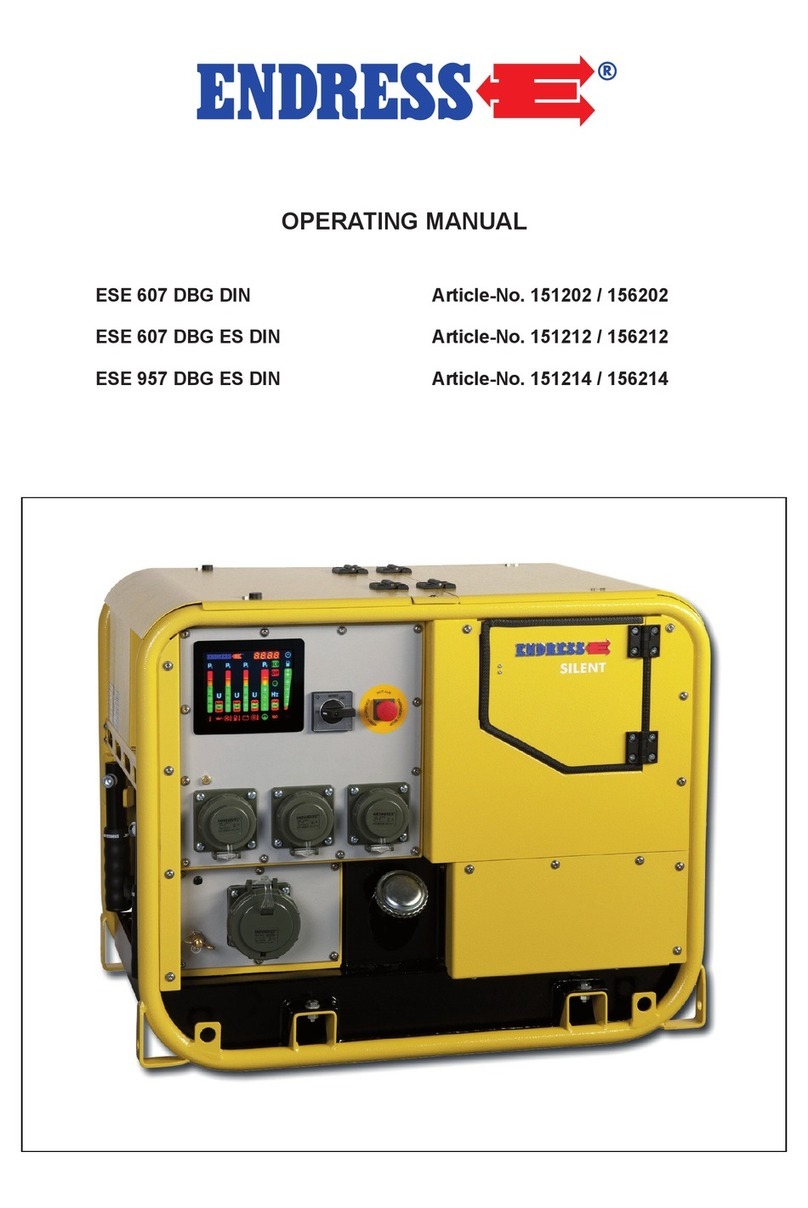
Endress
Endress ESE 607 DBG ES DIN User manual

Endress
Endress ESE 30YW/RS Installation instructions

Endress
Endress ESE 2000I User manual
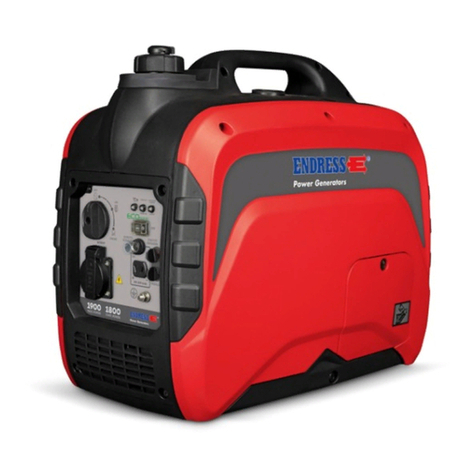
Endress
Endress ESE Installation instructions

Endress
Endress ESE 608 DHG ES DI DUPLEX User manual

